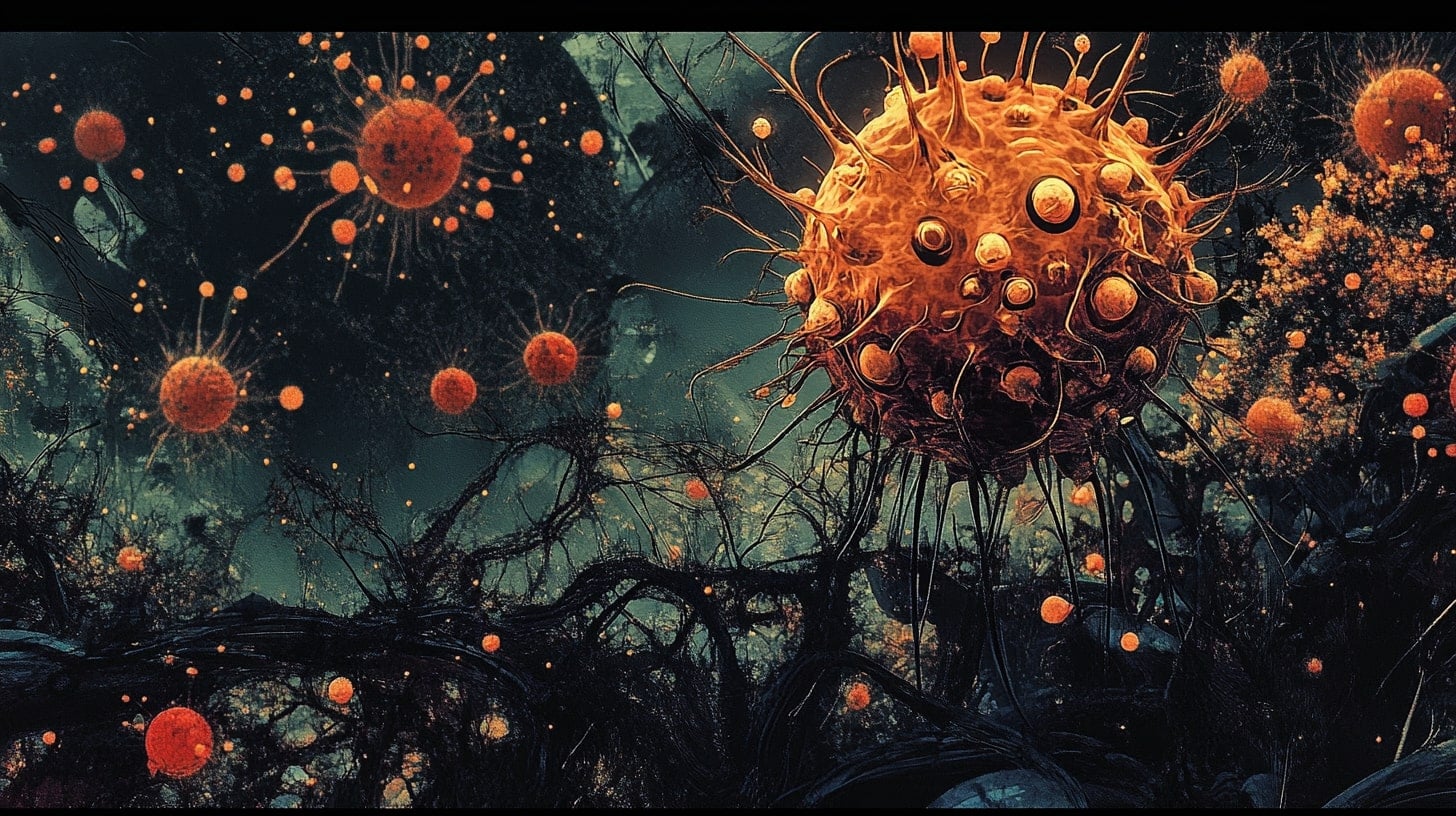Rare STDs You’ve Never Heard Of (But Should Know About)
Feb 7, 2025
In addition to common STDs like chlamydia and herpes, there are rare STDs such as molluscum contagiosum, lymphogranuloma venereum, and granuloma inguinale that are becoming more prevalent. These infections can cause severe health problems if left untreated, so it’s important to stay informed and seek testing if you experience unusual symptoms.
1. Mycoplasma Genitalium (Mgen): The Antibiotic-Resistant STD
What is it?
Mycoplasma genitalium (Mgen) is a bacterial STD that many doctors fail to test for, despite its increasing resistance to antibiotics.
How common is it?
Studies suggest that 1 in 100 people may carry this infection, but many are unaware.
Symptoms:
Men: Painful urination, penile discharge, urethritis (inflammation of the urethra).
Women: Pain during sex, abnormal vaginal discharge, pelvic pain.
Complications: Can lead to infertility and pelvic inflammatory disease (PID) if untreated.
How is it diagnosed?
Standard STD panels do not test for Mycoplasma genitalium. A special urine or swab test is required.
2. Lymphogranuloma Venereum (LGV): The Silent Rectal STD
What is it?
Lymphogranuloma venereum (LGV) is a severe form of chlamydia that affects the lymphatic system. It is more common among men who have sex with men (MSM) but can also infect heterosexual individuals.
Symptoms:
Stage 1: Small painless sores in the genital or rectal area.
Stage 2: Swollen lymph nodes (often in the groin), fever, fatigue.
Stage 3: Severe rectal inflammation, which can lead to chronic pain, fistulas, and rectal bleeding.
How is it diagnosed?
LGV is often misdiagnosed as inflammatory bowel disease (IBD) or regular chlamydia. A rectal swab test is required for confirmation.
💡 Did You Know? LGV cases have been rising in Europe and the U.S. since 2003, particularly among those with multiple partners. Get tested for chlamydia and LGV here.
3. Trichomoniasis: The “Hidden” Parasite Infection
What is it?
Trichomoniasis (Trich) is caused by a parasite and is one of the most underdiagnosed STDs. Despite being more common than gonorrhea, it often goes undiagnosed due to lack of symptoms.
How common is it?
The CDC estimates that 3.7 million Americans have trichomoniasis, but only 30% experience symptoms.
Symptoms:
Women: Greenish-yellow vaginal discharge, fishy odor, genital itching.
Men: Most men have no symptoms, but they can still transmit the parasite.
Why is it dangerous?
Increases the risk of HIV transmission.
Can cause pregnancy complications and low birth weight in newborns.
Untreated infections can last for years without detection.
💡 Many STD panels do not include Trichomoniasis testing. To ensure complete protection, order a 10-panel STD test here.
4. Donovanosis (Granuloma Inguinale): The Flesh-Eating STD
What is it?
Donovanosis is a rare bacterial STD that causes ulcerative lesions on the genitals. It is sometimes called the “flesh-eating” STD because of the progressive skin damage it causes.
Where is it most common?
Donovanosis is primarily found in:
India
Papua New Guinea
South Africa
Parts of South America
However, cases have been reported in the U.S. and UK due to international travel.
Symptoms:
Painless red ulcers on the genitals, which slowly enlarge.
Bleeding sores that resemble skin cancer.
Can spread to other parts of the body if untreated.
How is it treated?
Antibiotics like azithromycin can cure Donovanosis, but early detection is critical.
💡 If you’ve traveled to high-risk regions, get a full STD check-up.
5. Molluscum Contagiosum: The Viral STD That Causes Skin Bumps
What is it?
Molluscum contagiosum is a viral skin infection that spreads through skin-to-skin contact, including sexual activity.
How common is it?
While it can affect anyone, it is most common among sexually active adults, children, and immunocompromised individuals.
Symptoms:
Small, flesh-colored or pearly white bumps on the genitals, inner thighs, or abdomen.
The bumps may be itchy but are usually painless.
Can last for months to years if untreated.
How is it treated?
In most cases, the immune system clears the infection within 6–12 months.
Severe cases may require laser therapy or cryotherapy (freezing treatment).
💡 Using condoms can reduce transmission, but skin-to-skin contact can still spread the virus. Get tested for viral STDs today.
Final Thoughts: Why You Should Get Tested for Rare STDs
Many people assume that regular STD tests cover all infections - but that’s not always the case. Rare STDs often require specialized testing, and because many of these infections cause no symptoms, they can be unknowingly transmitted.
💡 Protect Yourself:
✅ If you’ve had unprotected sex with a new partner.
✅ If you’ve experienced unexplained symptoms like discharge, pain, or sores.
✅ If you’ve traveled to high-risk regions.
Sources:
National Library of Medicine: Donovanosis in the U.S.

Dr. Michael Thompson
Dr. Michael Thompson is an expert in sexually transmitted diseases with extensive clinical and research experience. He leads campaigns advocating for early diagnosis and prevention of diseases like HIV and gonorrhea. He collaborates with local organizations to educate both youth and adults about sexual health.





